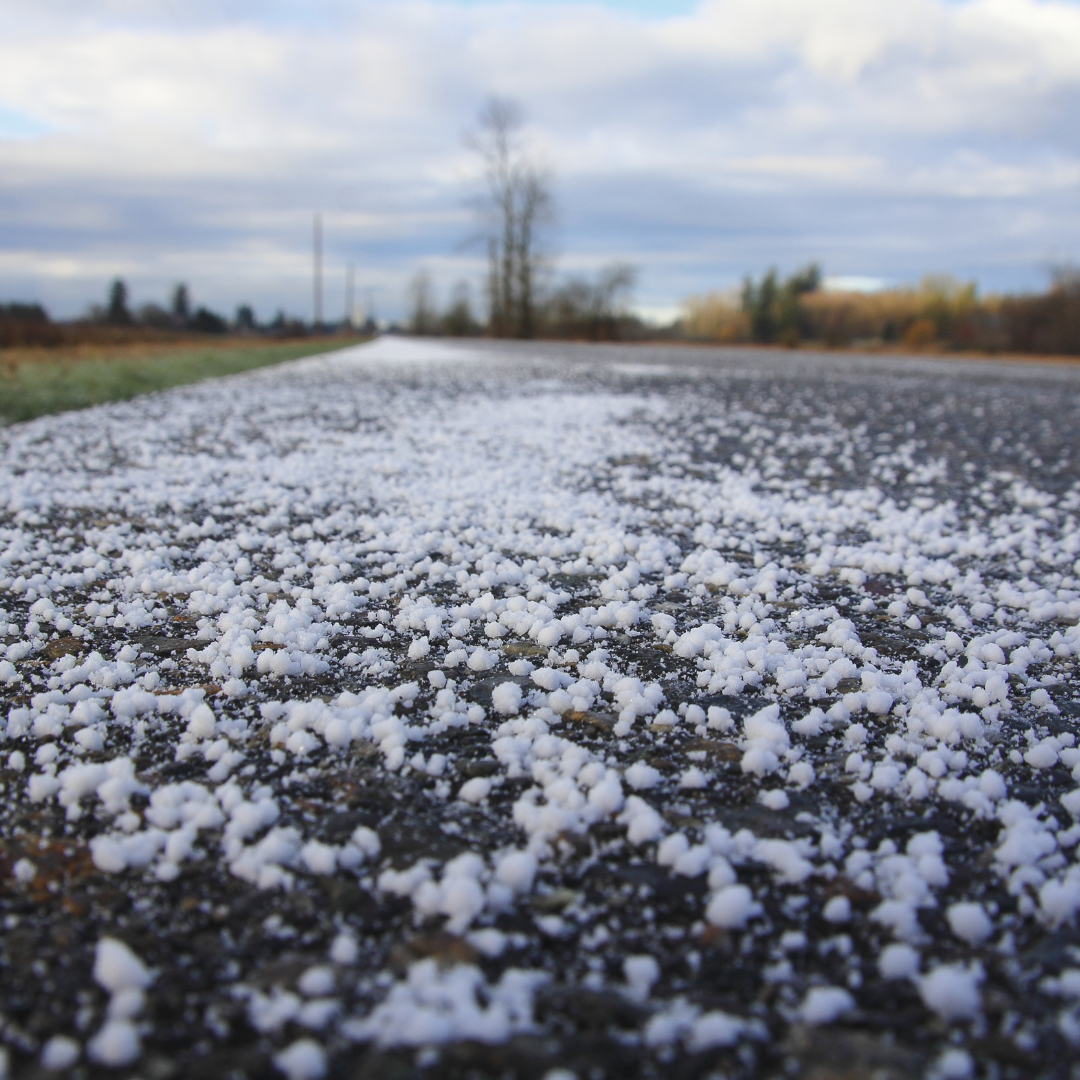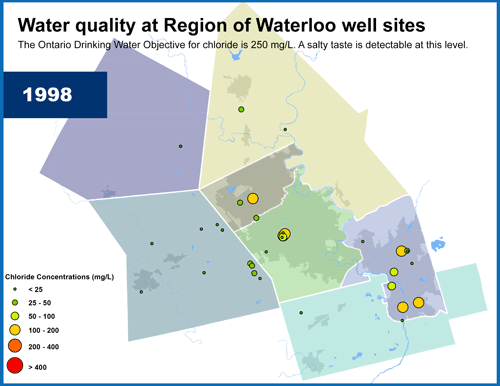While majority of the University of Waterloo may be running virtually right now, the Sustainability Office is still here to help you incorporate sustainability into your daily life – from the comfort of your own home! For every month of 2021 we are focusing on a specific sustainability theme, demonstrating just how diverse sustainability can be. We will share a blog post about the theme of the month, why each theme is important to the university and broader community, and what you can do to promote sustainability within each of these themes – plus some resources to support your sustainability efforts.
Can you believe we are already into February? This month focuses on the environmental impacts of your winter habits, like the use of road salts. We will share why it’s important to think about your winter salt practices and ways to reduce your environmental impact, without compromising your safety or comfort.
What is road salt?

Road salts include a large array of compounds classified as chloride salts. In other words, road salts include chloride mixed with another element, such as sodium, calcium, magnesium or potassium – these are the four most common types of road salts. These compounds come from resource extractive industries that mine for underground ocean deposits that have been developing for millions of years. While road salts are “natural” compounds, however, their use has quite unnatural side effects. Mining for chloride salts currently occurs all over the world, with large mines found in the United States.
The scale of road salt use
Canadians have been using road salts since the 1950s as a way of reducing human harm from ice on roads and walkways. Today, more than 10 million tonnes of road salts are used in Canada annually. In Ontario alone, municipalities use as much as 100,000 tonnes of road salts or more every year – that’s equivalent to the weight of over 14,200 large male adult elephants!
The environmental challenge with road salt
Road salts are harmful to the environment when they end up in water bodies such as lakes and rivers – this can happen when roads or walkways are next to slopes and snowmelt runs off into the water, or indirectly through stormwater management systems. The rock salts alter water chemistry, making it potentially toxic to aquatic plant life, fish, invertebrates, birds and mammals that live in or consume the water directly, or consume species that directly interact with the chloride ions in road salts. In addition, communities that drink groundwater – including those of us in Waterloo Region – can be impacted by salt use when those salts end up in our waters. The graphics below shows how road salt concentrations in Waterloo’s groundwater have changed between 1998 and 2018.

How to manage road salt use
We can’t simply remove the salt that’s already there – chloride in the salt is very soluble, meaning it easily dissolves into our water. Water and wastewater treatment in Waterloo does not remove chloride, either. The only thing we can do is change our salt use patterns going forward. Here are a few simple ways to do so:
- Shovel snow quickly and thoroughly to avoid ice formation in the first place.
- Try clearing ice with a shovel if it’s thick enough. That way you don’t need to use salt if you can remove the ice.
- Use food-based road salt alternatives if a shovel can’t do the job, such as beet juice, cheese brine, or pickle juice to melt ice! In other words, you can reduce food waste and protect our waterways by opting for road salt alternatives.
- Use non-food alternatives such as sand or nontoxic cat litter. These materials can be used to provide traction on surfaces, although they do not melt ice.
- If these options are not available and there is no alternative to road salts, be conscientious about when and where you use road salt. Only apply it when necessary, and at the right temperatures (i.e. between 0°C and -10°C). Do not use salt to melt snow. Use salt products with smaller grains because they will spread more evenly, working faster and requiring less product to work effectively. Store leftover and spilled salt grains in a communal spot for use another time.
For more information on salt management, check out these resources:
- Snow and Ice Clearing Tips for Homeowners by the Region of Waterloo
- Region of Waterloo’s Salt Management Plan
- “Salt-ernatives”: Options to keep our roads clear and freshwater clean this winter by Environmental Defence
- Five questions you should ask yourself before salting by I am Groundwater
- The hidden costs of winter salt and ice melter you might not know about by I am Groundwater
As long as we have winter weather here in Canada, we will need to find ways to manage ice for our safety. Let’s do our part to protect our health and the environment by using road salt alternatives or using road salts more efficiently.
Did you learn something about road salts and sustainable winter management in this post? Learn more about salt management and other winter sustainability tips by following us on Instagram and Twitter (@uwsustainable).